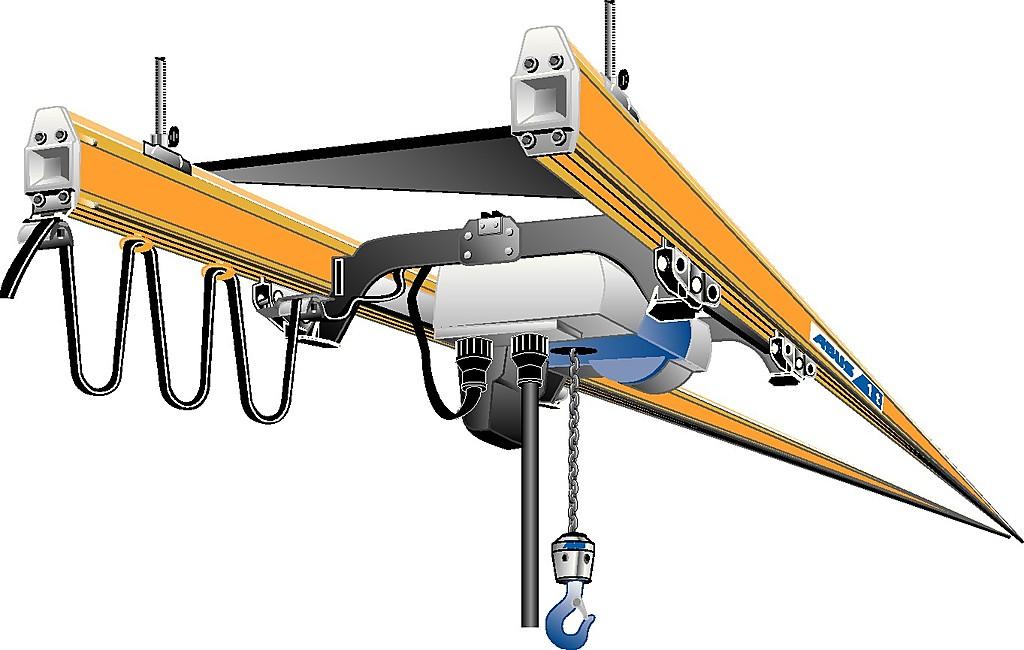Conducting a PEST analysis provides valuable insights into the macro-environmental factors shaping the Global Crane and Hoist Market Size. Political stability and Government Policies play a crucial role in market dynamics. Favorable regulations and initiatives promoting infrastructure development and industrial growth stimulate market demand. Economic factors such as GDP growth and construction spending influence market growth, with booming economies driving higher demand for cranes and hoists. Socio-cultural factors like workforce demographics and safety regulations impact market preferences and adoption rates. Additionally, technological advancements and environmental concerns shape market trends and innovation in the crane and hoist industry.
A SWOT analysis helps identify the internal strengths and weaknesses of companies operating in the Global Crane and Hoist Market, along with external opportunities and threats. Companies with technological expertise, diversified product portfolios, and strong brand recognition have a competitive advantage. However, challenges such as intense competition, fluctuating raw material prices, and regulatory compliance can hinder growth. Opportunities exist in emerging markets, technological innovation, and strategic partnerships. Threats include economic downturns, geopolitical tensions, and disruptive technologies. By leveraging strengths and opportunities while addressing weaknesses and threats, companies can enhance their competitive positioning and capitalize on growth opportunities in the Global Crane and Hoist Market.
